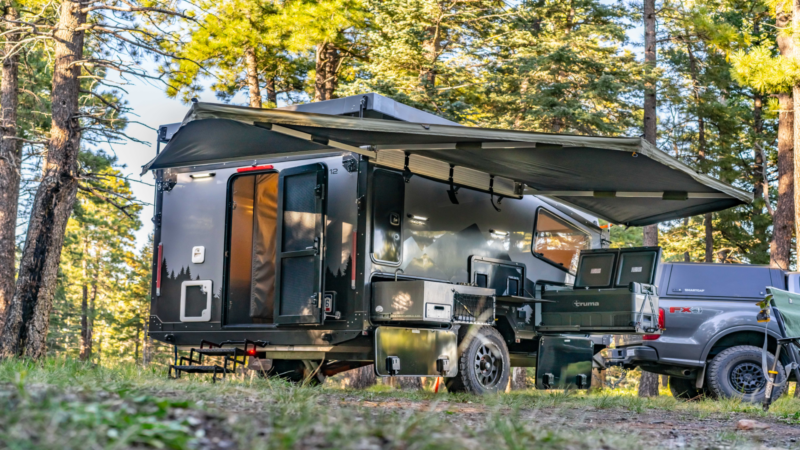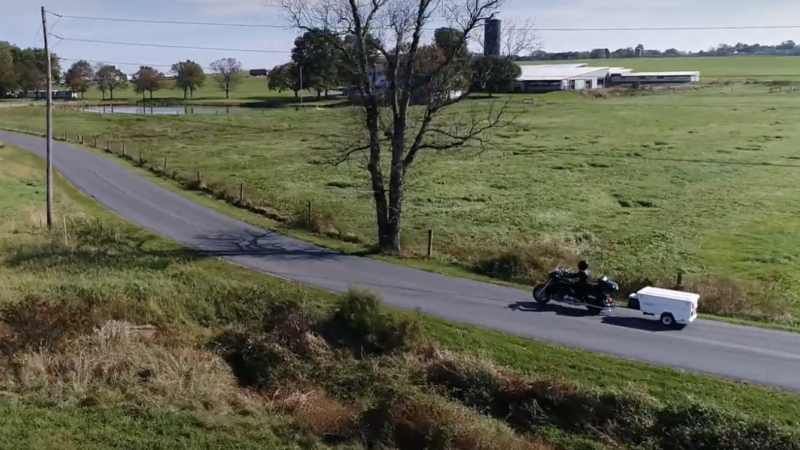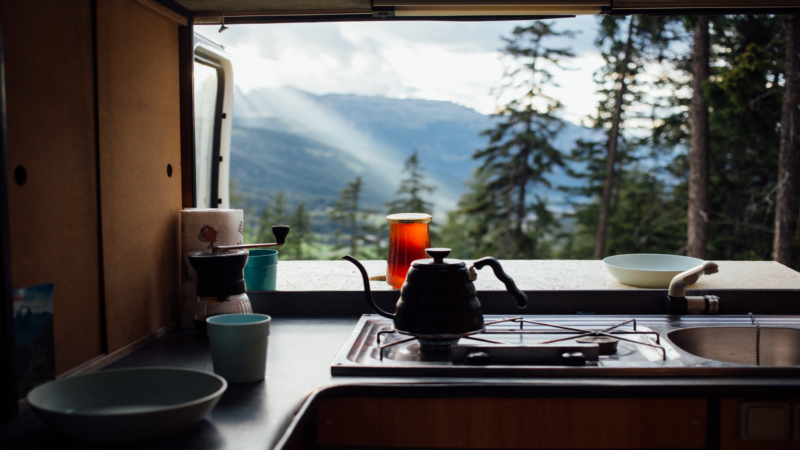How to Season Your Cast Iron Skillet for Longevity | I Heart RVing

Learn the step-by-step process to properly season your cast iron skillet and keep it in top shape for decades. From seasoning basics to expert maintenance tips, this guide will ensure your skillet stays slick, non-stick, and ready for any RV kitchen adventure.
The Basics of Cast Iron Seasoning
Ah, cast iron—the gold standard of camp cooking and a beloved companion for generations of chefs and campers alike. But to keep your cast iron skillet performing at its best, there’s one magical word you need to know: seasoning. No, we’re not talking about the herbs and spices you sprinkle on your campfire chili. Seasoning here refers to the thin layer of oil baked into your skillet that keeps food from sticking and prevents rust.
Why Seasoning Matters
Taking the time to properly season your cast iron skillet is what transforms raw cast iron into a cooking powerhouse.
- Prevents Rust: That smooth, glossy layer of oil seals the metal and stops moisture from wreaking havoc.
- Non-Stick Surface: Properly seasoned skillets rival even the best non-stick pans—without the chemicals.
- Long-Lasting Durability: Cast iron can last literally forever if you treat it right.
Whether your skillet is fresh from the factory, picked up secondhand, or showing signs of wear, proper seasoning is the key to cooking success.
Steps to Season Your Cast Iron Skillet
Properly
Ready to bring your skillet back to life? Or perhaps it’s a first-time seasoning job? Here’s your step-by-step process to achieve cast iron perfection.
What You’ll Need:
- Cast iron skillet (new or needing re-seasoning)
- Dish soap (for first-time seasoning only)
- Scrub brush or steel wool
- High-smoke-point oil (like vegetable, flaxseed, or grapeseed oil)
- Paper towels or lint-free cloth
- Oven or campfire (for adventurous RVers)
Step 1: Clean the Skillet
If you’re seasoning your skillet for the first time or restoring a rusty piece, give it a good cleaning:
- Scrub It Down: Use dish soap, hot water, and a scrub brush to remove any grime, rust, or factory coating. (Yes, soap is fine here—it’s the only time you’ll use it.)
- Dry Thoroughly: Wipe the skillet dry with a towel, then place it over low heat for a few minutes to evaporate any remaining moisture.
Pro Tip: Avoid letting cast iron air dry—moisture is its mortal enemy!
Step 2: Apply a Thin Layer of Oil
Less is definitely more when it comes to oiling your skillet:
- Use a paper towel to rub a small amount of oil all over the skillet—inside, outside, and even the handle.
- Wipe off the excess. You want the skillet to look shiny, but not greasy.
Why thin layers? Too much oil results in a sticky, uneven coating.
Step 3: Bake It (Yes, Bake It!)
Time to let heat work its magic:
- Place your skillet upside down in a 450 – 500°F oven. (Pro tip: Put a piece of foil on the lower rack to catch any drips.)
- Bake for one hour to bond the oil to the metal and create that glossy, black surface.
- Let the skillet cool in the oven before removing.
No oven in your RV? Build a roaring campfire, and let your skillet sit in the coals for the same effect. It’s a bit more “rough and ready,” but it works.
Step-by-Step Seasoning Process Recap
- Clean: Scrub and dry completely.
- Oil: Apply a thin layer of oil, then wipe off excess.
- Bake: Heat at 450 – 500°F for one hour.
- Repeat: For a brand-new skillet, repeat this process 2 – 3 times for a strong seasoning foundation.
Tips for Ongoing Maintenance and Care
Your skillet is seasoned and ready for action—now what? Here’s how to keep it performing like a champ.
1. Skip the Soap
After cooking, clean your skillet with warm water and a soft brush or sponge. For stuck-on food, try boiling water in the skillet for a minute or two.
2. Dry Immediately
Repeat after us: never let your skillet stay wet. Wipe it dry and warm it briefly over heat to ensure no moisture remains.
3. Reapply Oil After Cleaning
Before storing, rub a tiny bit of oil into the skillet and wipe it down. This keeps the seasoning intact.
4. Watch for Rust
If you spot rust (it happens), don’t panic! Scrub it off with steel wool, and re-season using the steps above.
Common Myths About Cast Iron Seasoning
Let’s debunk some myths so you can confidently wield your skillet:
- “You can’t use metal utensils.” False! A well-seasoned skillet can handle metal spatulas without flinching.
- “You can’t cook acidic foods.” False-ish. While a heavily seasoned skillet can handle tomatoes and citrus, avoid acidic foods if your seasoning is still new.
- “Cast iron is too heavy for RV life.” Pfft. It’s heavy, sure, but its durability and versatility are unmatched for camp cooking, especially over a campfire.
Final Thoughts: Season Your Cast Iron Skillet to Keep It Cooking
A seasoned cast iron skillet isn’t just a tool—it’s an investment in delicious meals for years to come. Whether you’re whipping up a campfire cornbread, a perfectly seared steak, or eggs to power up your morning, taking the time to season your cast iron skillet and then care for it properly will ensure it remains a loyal RV kitchen companion.
So go ahead, roll up your sleeves and get seasoning. Your skillet—and your taste buds—will thank you.
Source: https://iheartrving.com/blog/how-to-season-your-cast-iron-skillet-for-longevity/






